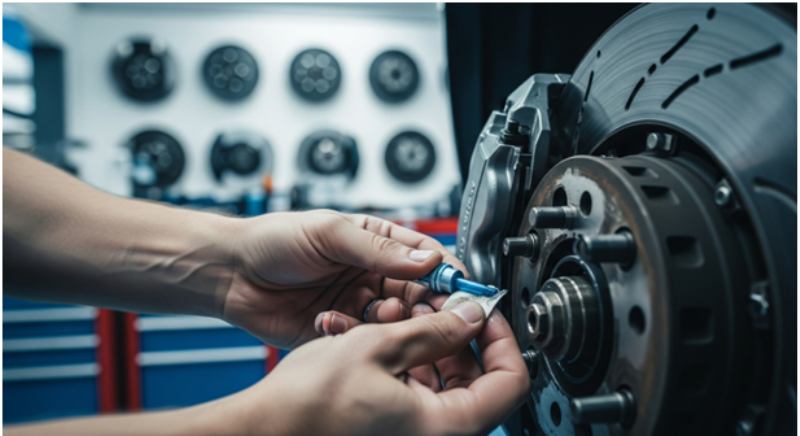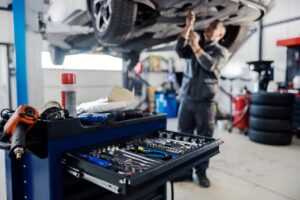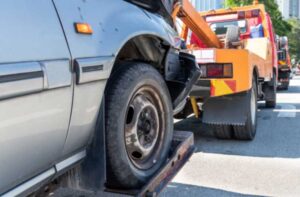
The Ultimate Guide to Preventing Uneven Brake Pad Wear and Tear
A perfectly functioning brake system applies smooth, even pressure to stop your vehicle safely. But when components fail or maintenance is neglected, that balance is lost. The result is uneven brake pad wear—a silent problem that compromises your stopping power, damages rotors and calipers, and ultimately leads to expensive and avoidable repairs.
While knowing the causes of uneven wear is important, preventing it from ever happening is the ultimate goal for any savvy car owner. Prevention is far cheaper than a cure. By taking a few proactive steps, you can ensure your brakes wear evenly, last longer, and perform reliably when you need them most. This is your ultimate guide to prevention.
1. Start with a Strong Foundation: Quality Components
The first step in prevention happens before the parts are even on your car. The quality of your braking components plays a monumental role in their lifespan and performance. Low-cost, generic brake pads are often manufactured with less consistent friction material and can be prone to premature failure. More importantly, they may use inferior backing plates that are susceptible to rust and corrosion.
When a backing plate corrodes, it can swell or flake apart, causing the pad to bind in the caliper bracket. This prevents the pad from moving freely, leading to either dragging (constant wear) or improper contact with the rotor.
Prevention Tip: Invest in high-quality, mechanically-attached brake pads from a reputable manufacturer. Components engineered to resist corrosion and provide consistent friction will establish a reliable foundation for even wear from day one.
2. Perform Regular Caliper Maintenance
The brake caliper is the hydraulic clamp that presses the pads against the rotor. It’s also the single most common culprit behind uneven wear. Calipers require regular maintenance to move freely and apply pressure evenly.
- Clean and Lubricate Slide Pins: Most modern cars use a “floating caliper” design, which glides on two slide pins. These pins allow the caliper to center itself and apply equal force to both the inner and outer brake pads. Over time, the grease on these pins dries up or gets contaminated with road grime and moisture. This causes the pins to stick or seize entirely. When one pin seizes, the caliper can no longer float, forcing one pad to do most of the work, leading to rapid, one-sided wear.
- Inspect Caliper Pistons and Boots: The caliper piston is the hydraulic plunger that pushes the inboard pad. It is protected by a flexible rubber boot. If this boot tears, water and debris can get inside, causing the piston to rust and seize in its bore. A sticky piston may fail to retract after you release the brake pedal, causing the pad to drag constantly against the rotor.
Prevention Tip: During every tire rotation (or at least once a year), have your mechanic or perform a DIY check to clean and lubricate the caliper slide pins with a high-temperature silicone-based brake grease. Inspect the piston boots for any rips or tears and address them immediately.
3. Don’t Neglect Your Brake Fluid and Hoses
The brake system is a sealed hydraulic circuit. The fluid within it is just as critical as the mechanical parts.
Old, contaminated brake fluid has absorbed water from the atmosphere. This moisture can cause corrosion from the inside out, damaging caliper pistons and ABS components. Furthermore, the flexible rubber brake hoses that connect the hard lines to the calipers can degrade over time. The inner lining of an old hose can collapse, acting like a one-way valve that traps hydraulic pressure in the caliper. This will force the pads against the rotor, causing drag and severe overheating.
Prevention Tip: Follow your vehicle manufacturer’s recommended service interval for a brake fluid flush, which is typically every 2-3 years. Inspect your brake hoses for any signs of cracking, bulging, or leaking during regular maintenance.
4. Adjust Your Driving Habits
How you drive has a direct impact on the health and lifespan of your brakes. Aggressive driving habits—such as tailgating, late and hard braking, and riding the brakes downhill—generate excessive heat. This extreme heat not only wears down the pad material faster but also accelerates the breakdown of brake fluid and lubricating grease, contributing to the very problems mentioned above.
Prevention Tip: Practice defensive driving. Look ahead, anticipate stops, and leave plenty of following distance to allow for smooth, gradual braking. This reduces the heat and stress on your entire brake system, promoting a long and even service life.
By combining high-quality parts with diligent maintenance and smart driving, you can effectively eliminate the primary causes of uneven wear. To better understand the specific issues this guide helps prevent, you can learn more about what causes uneven brake pad wear and see why taking a proactive approach is the best defense.

